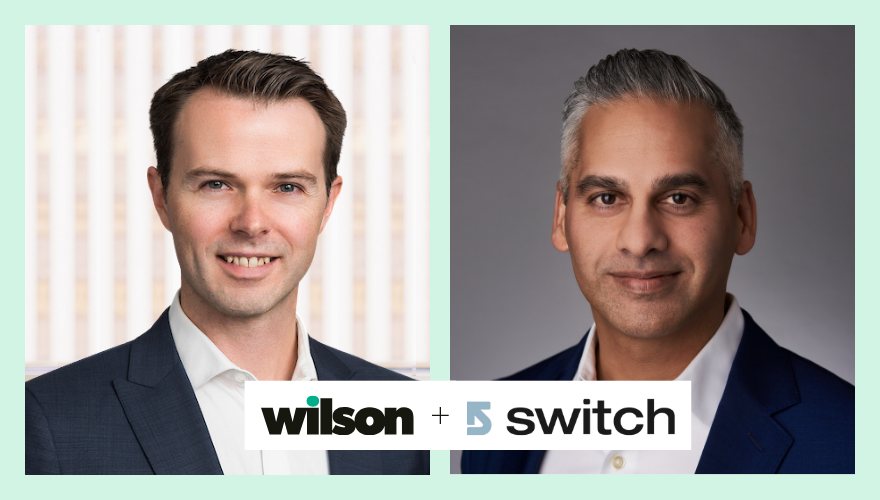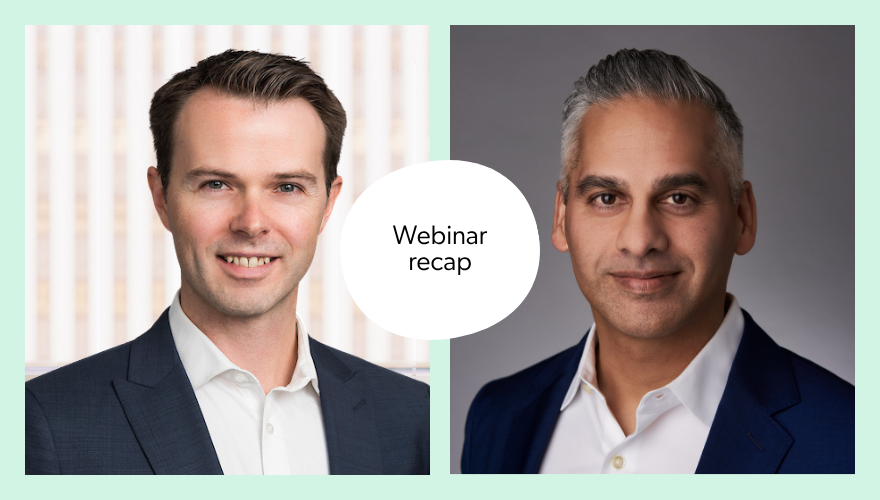Blog
Beyond time-to-fill: Evolving success metrics in talent acquisition

Q&A with Ronald Lambertson, Global Head of Talent Acquisition, Iron Mountain
Ron Lambertson leads global talent acquisition for Iron Mountain, a company of over 30,000 employees operating in 63 countries. With roots in RPO and deep experience across both delivery and strategy, he brings a wide-angle view of what makes modern TA teams effective, and how those definitions of success are changing. Here, he explores the shift from traditional metrics to business-aligned value, and what it takes to evolve TA into a trusted, strategic partner.

Ronald Lambertson
Global Head of Talent Acquisition
You started your career in RPO before moving in-house. How has that shaped your approach to TA in a global organization?
My RPO background gave me exposure to many different TA environments – some high-performing, some in real need of transformation. It taught me the value of consistency, scalability, operational excellence, and service delivery at pace. That foundation helped me step into a large corporate TA role with a clear sense of what ‘great’ looks like in recruiting.
Moving into the corporate TA space helped me understand how far reaching the TA space can be and how it can impact different parts of the organization. It’s not just about delivering great hires – it’s about integrating into the wider HR ecosystem, aligning with strategic business priorities, and acting as a connector across functions. You have to anticipate the needs of the business and bring a consultative mindset to everything you do.
How have the expectations on TA evolved?
We’ve moved from being viewed as the function that fills jobs to being expected to add value across the entire total talent lifecycle. That means being involved earlier in the workforce planning process, helping the business understand the labor market, advising on skills strategy, and even playing a role in succession planning.
The speed and quality metrics are still important; they always will be – but now we’re being asked, “How can TA help us grow?” or “Where should we go next?” We’ve become much more embedded in long-term planning and strategic growth conversations.
What are some of the success metrics you’re focusing on?
Quality of hire is a major one. But we’ve moved beyond simple retention metrics; we’re connecting new hire performance data with our recruiting strategy. That means understanding: Who are our top-performing new hires? What do they have in common? What does that tell us about how we design our go-to-market (GTM) strategy?
We’re also investing in productivity metrics that reflect the full lifecycle – not just time-to-fill, but time-to-productivity. And we’re tracking recruiter performance in a more nuanced way, tying their work not just to volume, but to the value and impact of the hires they support, including user experience for the customers they support.
How are you using data and storytelling to influence the business and secure buy-in?
It’s all about translating insight into relevance. We don’t just present dashboards or data points – we focus on what that data means for business outcomes. For example, if we’re expanding into a new region, we combine historical data with current market intelligence to give the business a full picture of what to expect. What does talent supply look like? How will this impact ramp-up time? What should we expect in terms of competition, retention, and compensation?
By connecting data to real decisions – and by speaking the language of the business - we’ve positioned TA as a trusted partner, not just a delivery function. And we’ve found that this kind of insight is increasingly desired and expected.
Are you seeing any shifts in how TA is perceived within the business as a result?
Yes, and we’ve been intentional about that. We’ve worked hard to brand TA as a critical talent engine. That includes everything from executive search to early careers, TA ops, recruitment marketing & employer brand, internal mobility, and other programs that create synergy and power as part of the TA ecosystem.
We make sure to communicate our impact clearly and consistently, especially to senior leadership. I always say: silence isn’t good in recruiting, and – don’t not tell your clients about the good work. We have to tell the story of the value we’re delivering, or no one else will. When the business understands our broader role and outputs, it’s much easier to secure a seat at the table without having to squeeze one in.
You talked earlier about working smarter rather than harder. What does that look like in practice?
It means continuously looking for ways to increase efficiency without compromising on experience or quality. That could be through automation, process refinement, or rethinking how we structure work. We’re always asking: are we aligned to business needs? Do we have the right skills in the right locations? Is our delivery model scalable and future-proof?
For example, we’ve introduced a more agile account management structure that aligns HR COEs, including TA, around business units rather than geography. That’s helped create stronger partnerships and more customized business support, which ultimately translates into better outcomes and targeted HR solutions.
Looking ahead, how do you see TA evolving over the next 1-2 years?
Technology is going to continue to transform how we hire, but I think the most exciting shift is in predictive analytics. It’s about understanding what the business will need next and being ready for it. We’re thinking more about workforce planning, labor market trends and skills forecasting, and how TA can help lead those conversations. We are also looking at labor sharing models across different business units for frontline workers – and using analytics to inform us where the future needs will be and when which has an impact on productivity, efficiency, and cost.
We’re also focusing on tighter integration across the talent ecosystem - TA, talent management, learning and development. The more we connect the dots across the lifecycle, the more value we can create for the business and enhance user experiences.
And finally, what advice would you give to fellow TA leaders?
Don’t over-engineer TA. Stay true to the core fundamentals of great recruiting, but look for ways to enhance both efficiency and experience. Balance structure with fluidity. And remember that recruiting is a human process. It’s about creating meaningful experiences for anyone who touches the TA journey.
Above all, communicate your value, wins, and business outcomes. But don’t just tell them – show them.











